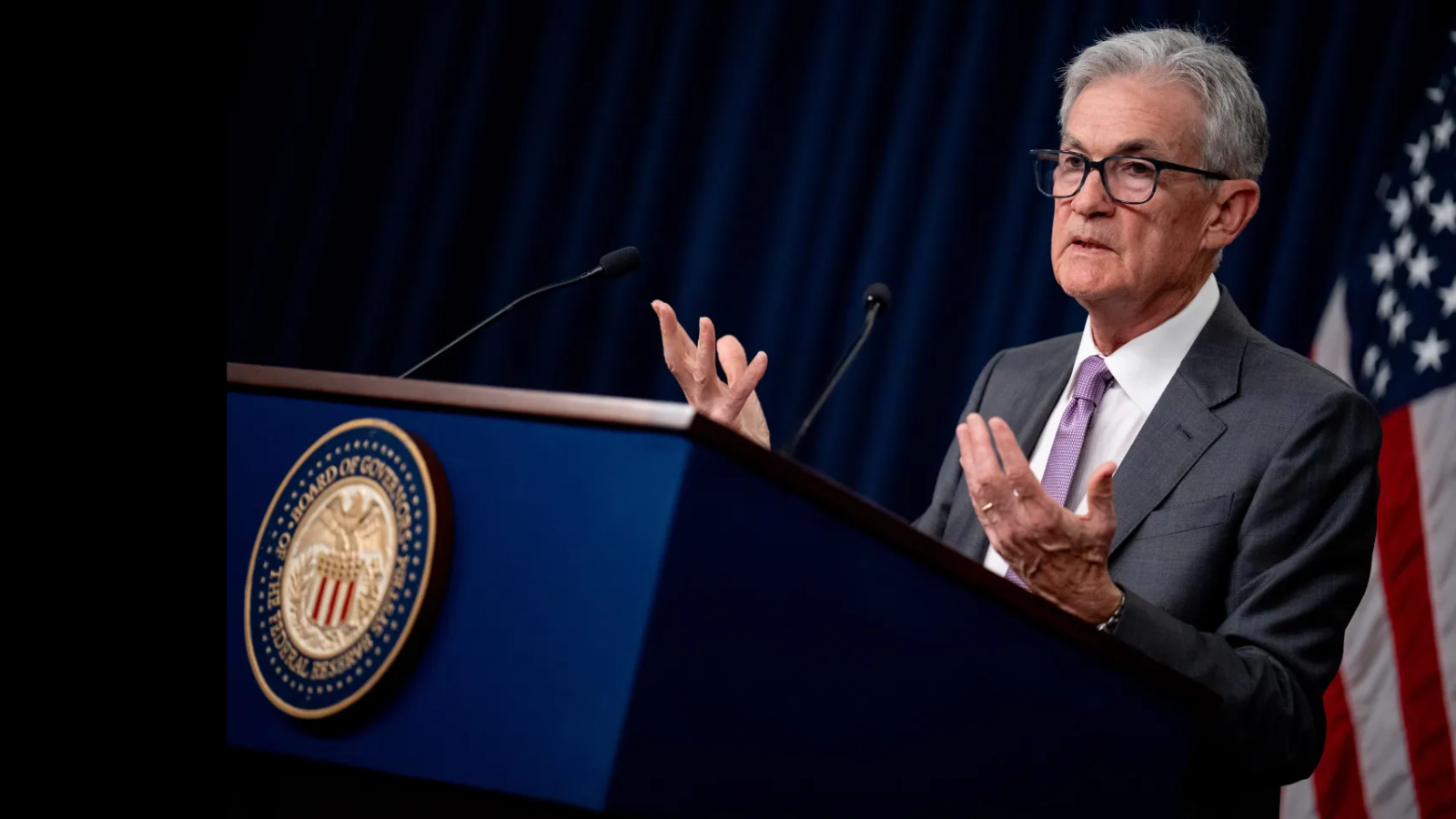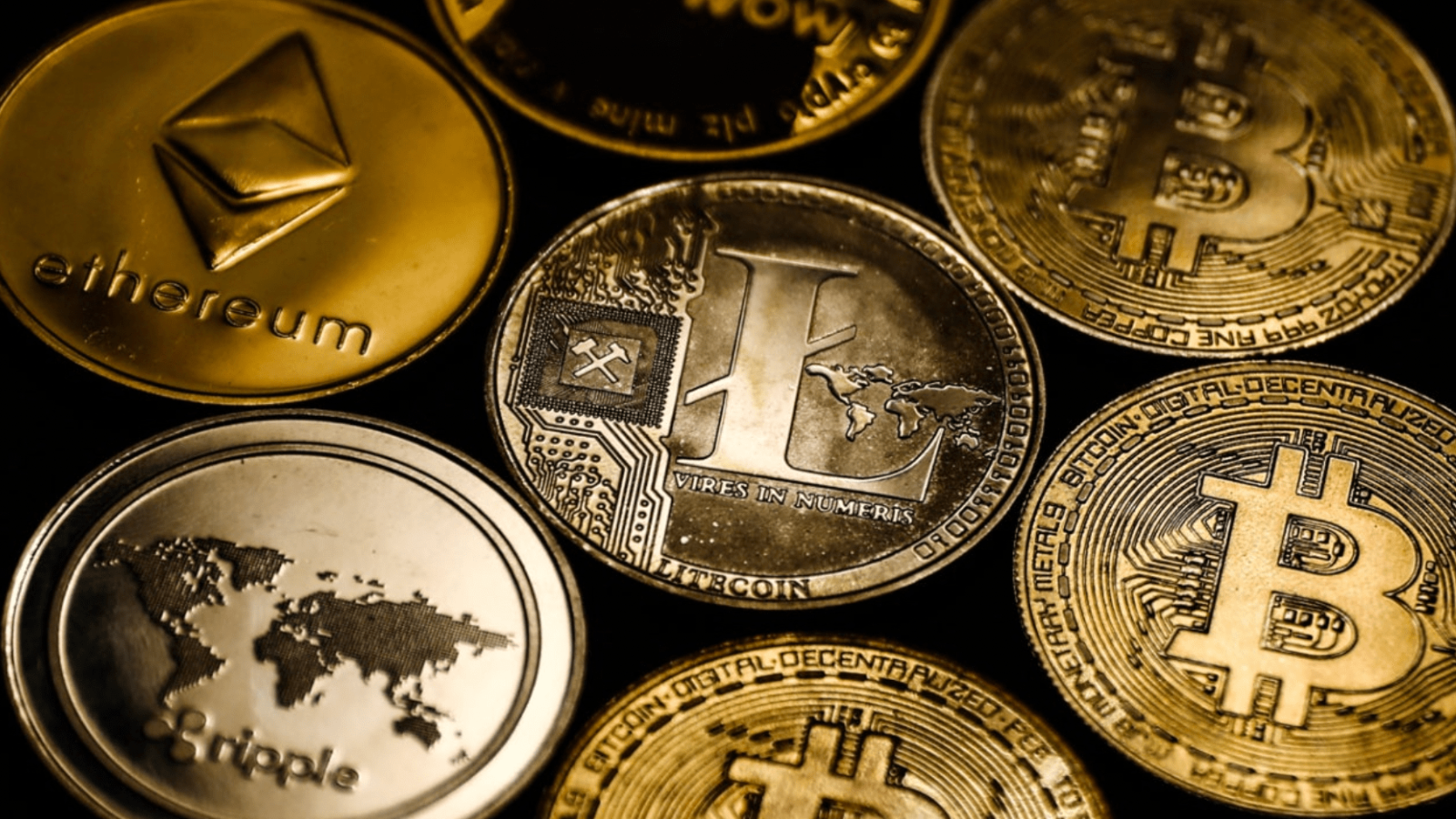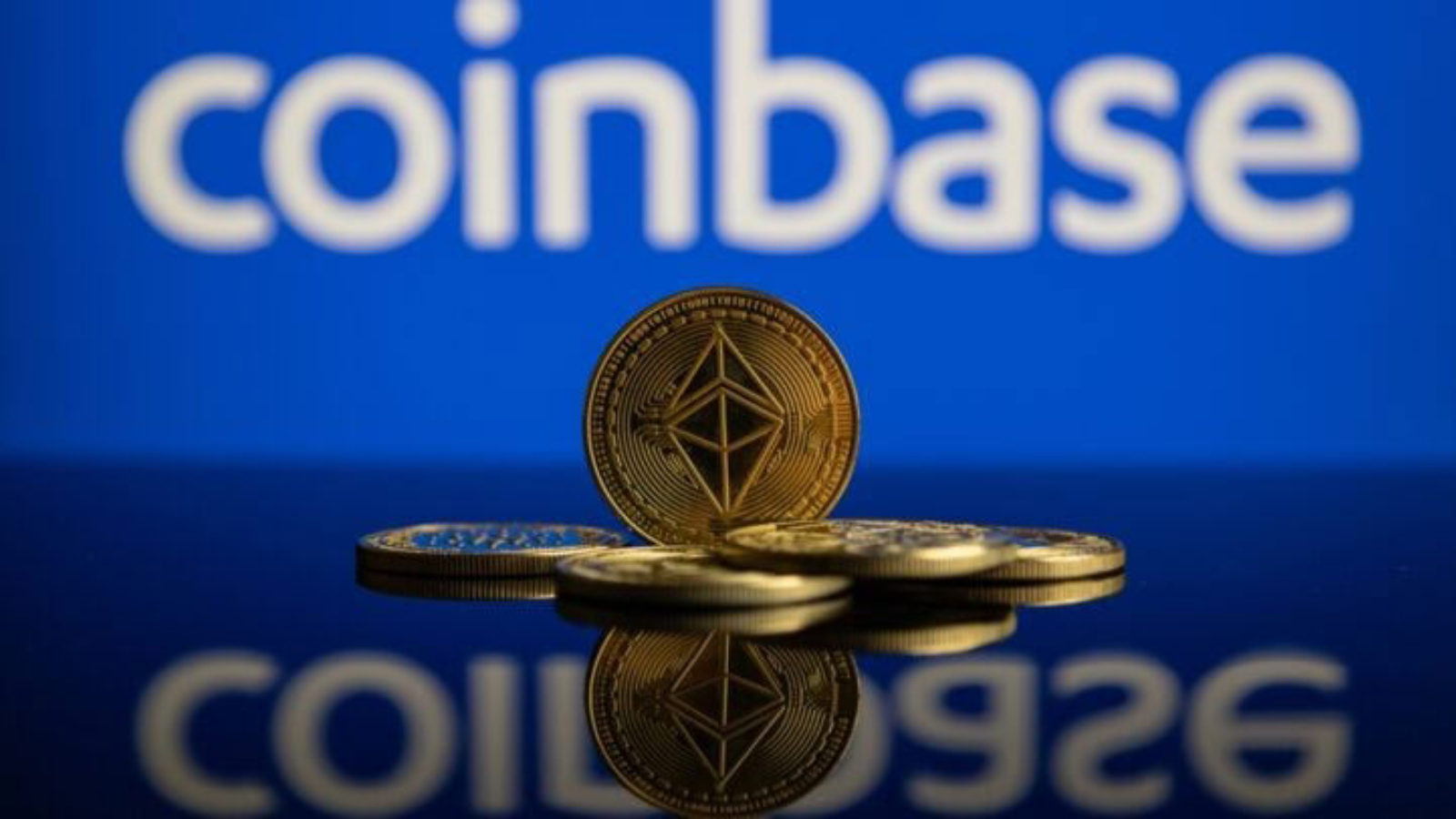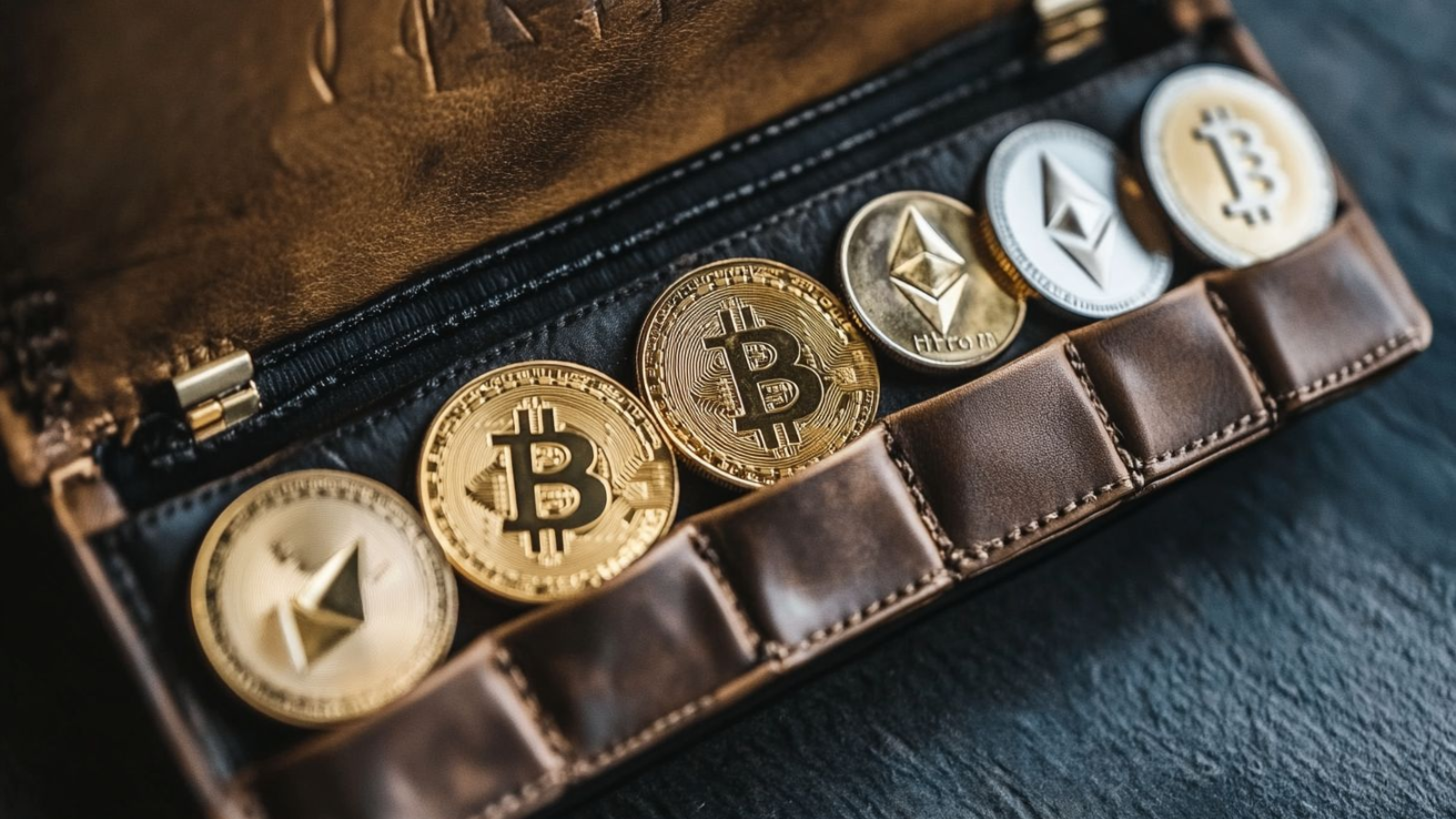Despite inflation taking a breather in July by coming in at 8.5%, slightly better than June’s inflation data report of 9.1%, many Americans will still have to pay more for groceries in the meantime as the country isn’t out of the woods just yet.
Latest Consumer Price Index (CPI) report shows that the cost of food increased by 10.9%. Meanwhile, food in the “at-home category” rose by nearly 13.1%. This is significantly higher than other months, a sign that inflation is still bossing the economy.
Compared to June’s CPI report, the grocery category rose 1.4%, indicating that things could worsen, especially if the Fed continues its aggressive interest rate hikes. A 12-month outlook shows that the at-home food-related categories like cereal and bakery rose by 15%. Similarly, flour and prepared flour mix increased by 22.7 percent.
While dairy and other related product prices rose by 14.9%, milk is up 15.6 percent on a 12-month outlook. In June, milk products increased by 0.1%. Elsewhere, meats, eggs, and poultry saw some relief, especially with their prices dropping by 0.1%. Also, hotdogs, one of the popular staples in most American households, decreased by almost 6%, way better than last month’s figure. On the flip side, eggs are up 38%, with authorities working to bring prices down.
Even though the increase in prices of eggs will raise questions among consumers, experts believe the increase in eggs has always been volatile, even before the Covid-19 pandemic, so there is no cause for alarm.
Eggs are up 47%.
— Senator Ted Cruz (@SenTedCruz) August 10, 2022
Food prices have jumped to the highest level since 1979.
President Biden is Jimmy Carter 2.0
https://t.co/weYl2s8cYo
What’s driving food prices higher?
While inflation has pushed food prices to record highs, many other factors have contributed to rising food prices in America. For instance, food prices have been pushed up by the cost of transportation. That said, analysts expect things to improve in the coming months, especially with energy and gasoline prices dropping to 4.5% and 7.5%, respectively.
Also, if inflation keeps subsiding, then prices of foods are expected to follow suit. And with July’s inflation report coming in lower, it is a sign that the economy is recovering, albeit slowly.













